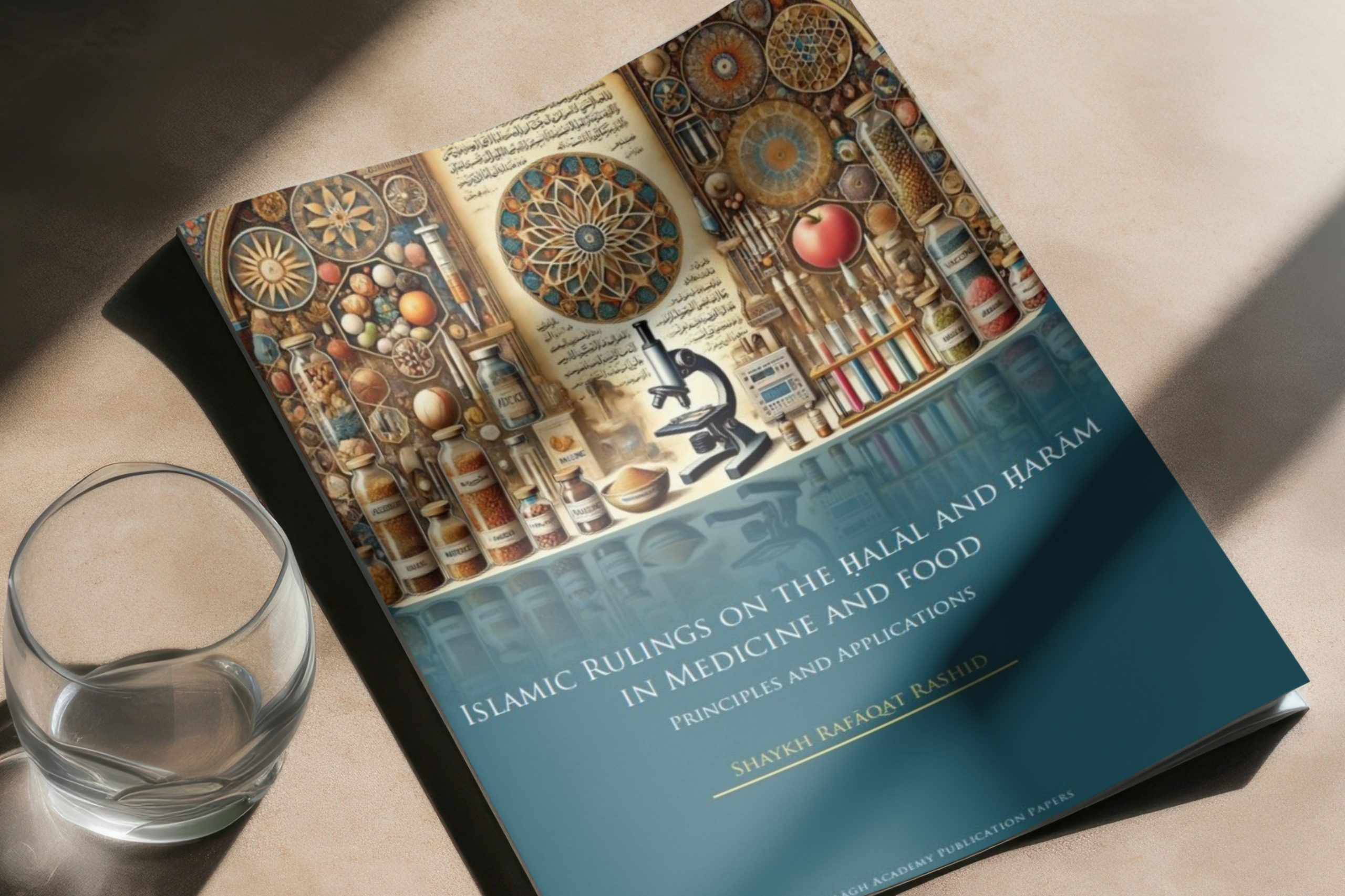The four schools of thought in Sunni Islam
Introduction
- The components of medicine on this website are discussed in their own sections according to the four main schools of jurisprudence: Ḥanafī, Mālikī, Shāfiʿī, , and Ḥanbalī, each representing distinct yet complementary and equally valid approaches to interpreting Islamic law (Shariah).
- These schools emerged due to differing methodologies in understanding the Qurān, Hadith (sayings and actions of the Prophet Muhammad ﷺ), and other sources of Islamic jurisprudence.
- While they may differ in certain rulings and practices, all four schools are rooted in the same Qurānic foundational principles of Islam and are considered equally valid within Sunni orthodoxy.
- Categorising rulings according to schools of thought is due to the following:
- 1. Respect for Established Scholarship: Each school (e.g., Ḥanafī, Mālikī, Shāfiʿī, Ḥanbalī) has a rich legal tradition grounded in Qurān, Sunnah, and scholarly reasoning. Recognizing these differences respects centuries of juristic work.
- 2. Variation in Rulings: Scholars differ on key issues like ethanol, or enzymes (e.g., rennet), based on their legal principles. What may be permissible in one school might not be in another.
- 3. Informed Decision-Making: By presenting the view of each school, individuals can follow rulings aligned with their background or beliefs, enabling personal or communal consistency in practice.
- 4. Avoiding Confusion and Disunity: Clear categorisation helps avoid generalisations and acknowledges legitimate scholarly diversity, preventing blanket statements that may mislead or alienate certain followers.
A table outlining each school of thought
| School of thought | Founder | Origin | Methodology | Geographical spread | Characteristics |
|---|---|---|---|---|---|
| Ḥanafī | Imam Abu Hanifa (d. 767 CE) | Developed in Kufa, Iraq | Within the scope of Qurān and Sunnah (Prophetic traditions), relative to other schools emphasizes reason (ra’y), alongside analogy (qiyas), and consensus (ijma) | Widely followed in South Asia, Turkey, the Balkans, and parts of the Middle East | Balances textual sources and is known for its reliance on early customs and traditions from Iraq with early predecessors (al-Salaf) |
| Mālikī | Imam Malik ibn Anas (d. 795 CE) | Developed in Medina, Saudi Arabia | Within the scope of Qurān and Sunnah, prioritizes the practices of the people of Medina (Amal Ahl al-Medina) and places significant weight on related traditions | Predominant in North and West Africa | Balances textual sources with customs and traditions of Medina at the time of early predecessors (al-Salaf) |
| Shāfiʿī | Imam al-Shafi’i (d. 820 CE) | Developed after studying under both Ḥanafī and Mālikī scholars | Systematically integrates the Qurān with greater emphasis on Hadith transmission, while relying on approaches to consensus (ijma) and analogy (qiyas) | Common in East Africa, Southeast Asia, and parts of the Arabian Peninsula | Known for its emphasis on the Prophetic tradition and less on geographical custom |
| Ḥanbalī | Imam Ahmad ibn Hanbal (d. 855 CE) | Developed in Baghdad, Iraq | Focuses heavily on a more literal reading of the Qurān and Hadith, with limited reliance on analogy or consensus | Primarily followed in Saudi Arabia and parts of the Arabian Peninsula | Emphasizes a literal interpretation of texts—Qurān and Hadith—with less reliance on reason and analogy relative to other school |
Why do Muslims follow these schools?
Muslims adhere to one of these schools because they provide a structured and time-tested framework for understanding and applying Islamic teachings. Each school reflects the scholarly efforts of its founder and subsequent scholars to interpret religious texts in a way that addresses both spiritual and practical aspects of life. The choice of school is often influenced by family tradition, cultural context, or personal preference, but all four schools are respected as valid paths within Sunni Islam.
Unity in diversity
While the schools differ in certain interpretations and rulings, they share the same core beliefs and practices of Islam. This diversity in jurisprudence allows for a range of perspectives within the Muslim community, fostering adaptability to different cultural and social contexts while maintaining unity in fundamental principles.








